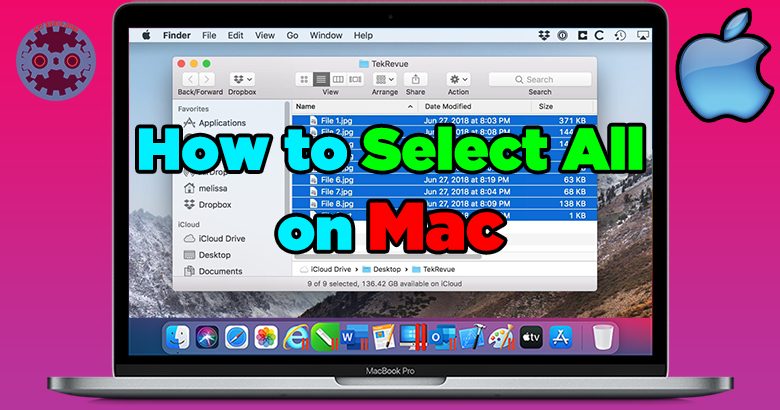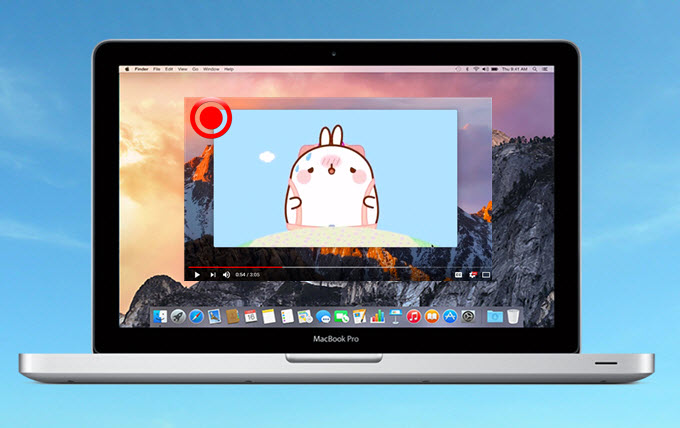Looking to share audio on your MacBook? You’re in luck! The solution is simpler than you might think. With the right tools and a few simple steps, you can easily share audio from your MacBook with others. Whether you want to play a song for your friends, share audio during a presentation, or collaborate on a project, this guide will walk you through the process. So, if you’ve ever wondered, “Can you share audio on MacBook?” – the answer is a resounding yes! Let’s dive in and explore how.
Table of Contents
- 1 Can You Share Audio on MacBook?
- 2 Frequently Asked Questions
- 2.1 Can I share audio on my MacBook?
- 2.2 How can I share audio from my MacBook to another device?
- 2.3 Can I share audio during a video conference on my MacBook?
- 2.4 Is it possible to share audio between multiple MacBooks?
- 2.5 Can I share audio from specific applications on my MacBook?
- 2.6 Are there any additional accessories required to share audio on a MacBook?
- 3 Final Thoughts
MacBooks are widely known for their exceptional audio capabilities. Whether you are a music enthusiast, a content creator, or simply someone who enjoys watching movies and videos, the ability to share audio on your MacBook is an important feature. In this article, we will explore the various methods and tools available for sharing audio on your MacBook. From wireless options to wired connections, we will cover everything you need to know to enhance your audio sharing experience.
1. Sharing Audio via Bluetooth
Bluetooth technology has revolutionized the way we connect devices wirelessly. Fortunately, MacBooks come equipped with Bluetooth capabilities, making it easy to share audio without the need for any additional cables. Here’s how you can share audio on your MacBook using Bluetooth:
- Enable Bluetooth on your MacBook by going to System Preferences > Bluetooth and toggling the Bluetooth switch to “On.”
- Ensure that the device you want to share audio with is within the Bluetooth range of your MacBook and that it is also Bluetooth-enabled.
- Pair your MacBook with the desired Bluetooth device. To do this, click on the “+” icon in the Bluetooth preferences window and follow the on-screen instructions to complete the pairing process.
- Once the pairing is successful, you can now share audio with the Bluetooth device. Simply play audio on your MacBook, and it will automatically be streamed to the paired device.
It’s worth noting that the quality of audio shared via Bluetooth may vary depending on the capabilities and distance between the devices. Additionally, some Bluetooth devices may have limited audio control options when connected to a MacBook.
2. Sharing Audio via AirPlay
If you own other Apple devices such as an iPhone, iPad, or Apple TV, sharing audio to your MacBook becomes even more convenient with AirPlay. AirPlay allows you to wirelessly stream audio and video between Apple devices. Here’s how you can use AirPlay to share audio on your MacBook:
- Ensure that your MacBook and the device you want to share audio from are connected to the same Wi-Fi network.
- On the device you want to share audio from (e.g., your iPhone), open the Control Center or the app that plays the audio.
- Tap on the AirPlay icon, which looks like a rectangle with a triangle at the bottom.
- Select your MacBook from the list of available AirPlay devices.
- Once connected, the audio from the device will be streamed to your MacBook.
AirPlay offers a seamless and high-quality audio sharing experience, allowing you to enjoy your favorite music or podcasts on a larger and more immersive platform like your MacBook.
3. Sharing Audio via Cable Connection
While wireless options are convenient, sometimes a wired connection is the best choice for sharing audio on your MacBook. Fortunately, MacBooks include ports that allow you to connect various audio devices directly. Here are some common cable connections for sharing audio on your MacBook:
3.1. Headphone Jack Connection
The headphone jack, also known as the 3.5mm audio jack, is a standard audio connector found on most MacBook models. You can use this jack to connect headphones, external speakers, or other audio devices. Simply plug in the audio cable into the headphone jack on your MacBook, and the audio will be shared through the connected device.
3.2. USB Connection
Several audio devices, such as USB headphones or external sound cards, can be connected to your MacBook via a USB port. This allows for high-quality audio sharing with enhanced features and controls. Simply plug the USB cable from the audio device into a USB port on your MacBook, and it will be recognized as an audio output option.
3.3. Thunderbolt/USB-C Connection
Newer MacBook models feature Thunderbolt or USB-C ports, which offer faster data transfer speeds and additional functionalities. You can connect compatible audio devices, such as external sound cards or audio interfaces, to these ports using the appropriate cables or adapters. This provides a reliable and high-performance solution for sharing audio on your MacBook.
3.4. HDMI Connection
If you want to share audio along with video, HDMI (High-Definition Multimedia Interface) is a versatile option. MacBook models equipped with an HDMI port allow you to connect to external displays or audio devices that support HDMI connectivity. Simply connect one end of the HDMI cable to your MacBook and the other end to the HDMI-compatible device, and both audio and video will be shared.
4. Third-Party Software Solutions
In addition to the built-in methods mentioned above, there are third-party software solutions available that can enhance your audio sharing experience on your MacBook. These software applications offer features like audio routing, mixing, and customization options. Some popular third-party software solutions include:
- Soundflower: Soundflower is a free audio extension for macOS that allows you to route audio between different applications. It creates virtual audio devices, enabling you to share audio seamlessly.
- Loopback: Loopback is a paid audio routing software that offers advanced features for audio sharing on your MacBook. It allows you to combine multiple audio sources and create virtual audio devices for more complex audio setups.
- Audio Hijack: Audio Hijack is a versatile audio recording and manipulation software that also provides audio sharing capabilities. It allows you to route audio from various sources and customize the output for different devices.
These third-party software solutions offer extensive control and customization options, making them ideal for professionals or enthusiasts who require more advanced audio sharing capabilities.
In conclusion, sharing audio on your MacBook is a straightforward process with multiple options to suit your preferences and requirements. Whether it’s via Bluetooth, AirPlay, cable connections, or third-party software, you can easily share audio and enjoy an immersive audio experience on your MacBook. Experiment with different methods and find the one that works best for you, unlocking the full potential of your MacBook’s audio capabilities.
How To Use Two Bluetooth Headphones On Your MacBook & iMac 2024 – No Downloads Needed
Frequently Asked Questions
Yes, you can easily share audio on your MacBook using various methods.
To share audio from your MacBook, you can use the built-in AirPlay feature. Simply connect your MacBook and the target device to the same Wi-Fi network, click on the volume icon in the menu bar, select the target device from the list of available options, and start playing the audio you want to share.
Absolutely! When participating in a video conference on your MacBook, you can share audio by selecting the “Share Computer Sound” option in the screen sharing settings. This allows other participants to hear the audio from your MacBook, such as videos or audio files.
Yes, it is possible to share audio between multiple MacBooks using the built-in AirPlay feature. Ensure that all the MacBooks are connected to the same Wi-Fi network, then click on the volume icon in the menu bar of each MacBook, select the target device from the list, and play the audio you want to share.
Yes, you can share audio from specific applications on your MacBook. Some applications, like music players or video streaming services, have their own audio sharing options. Look for settings or preferences within the specific application to enable audio sharing.
No additional accessories are required to share audio on a MacBook. The built-in AirPlay feature and screen sharing options provide convenient ways to share audio without the need for extra equipment.
Final Thoughts
In conclusion, sharing audio on a MacBook is a convenient feature that allows you to seamlessly transmit sound to other devices. By utilizing built-in options like AirPlay or the Sound Output settings, you can easily share audio from your MacBook to speakers, headphones, or even other Mac devices. Additionally, third-party apps like SoundSource provide more customization options and flexibility for sharing audio. Whether it’s for presentations, music streaming, or collaborative tasks, sharing audio on a MacBook enhances your overall user experience. So, if you’re wondering, “Can you share audio on MacBook?” the answer is a resounding yes.

